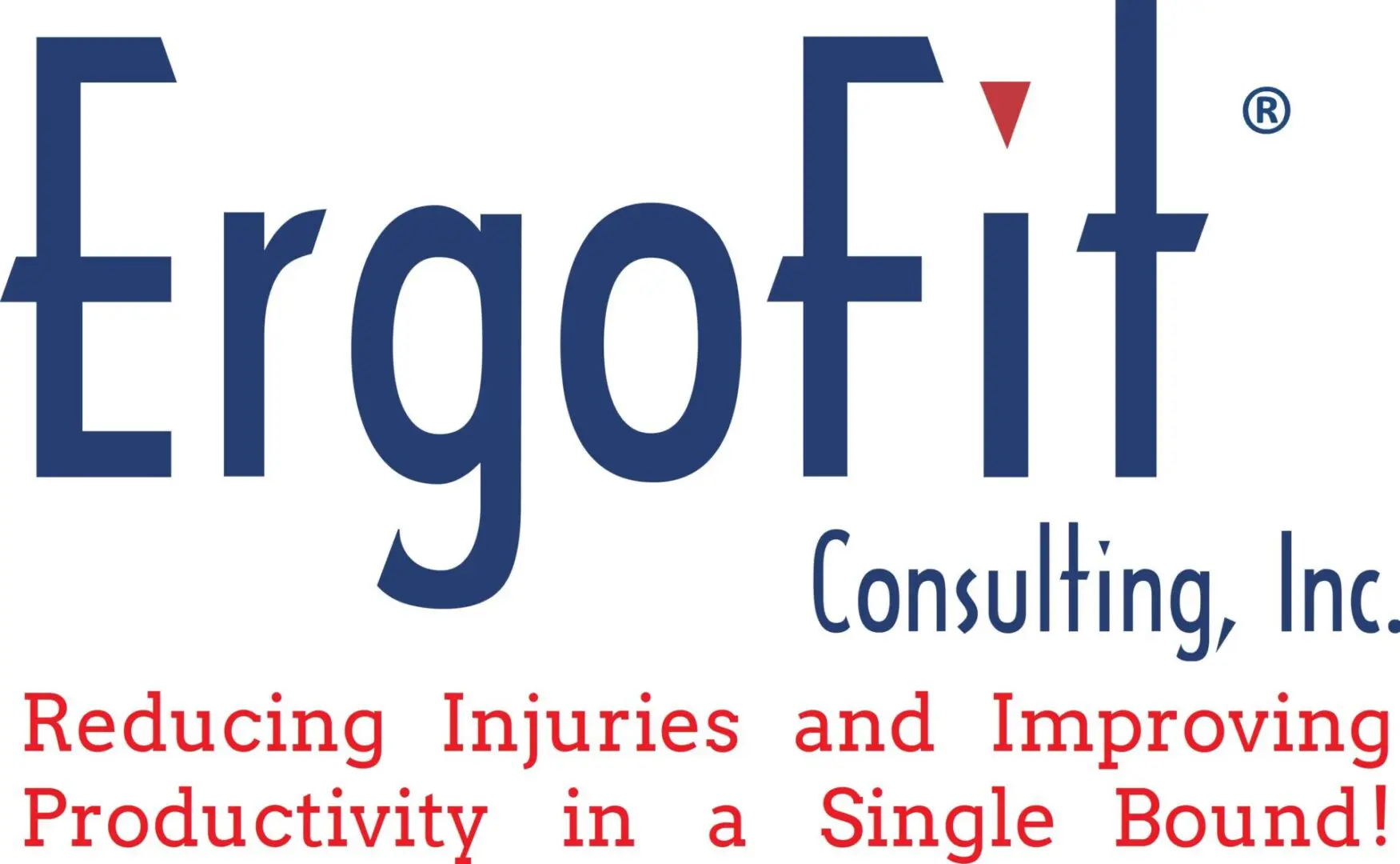
Connecting the Dots: How Poor Posture Can Result in Back Pain
In our daily lives, we frequently overlook the link between poor posture and back pain. That being said, it affects our wellbeing and health. This blog examines the effects of poor posture on the spine and their repercussions. Whatever the reason for this relationship—be it our lifestyle choices, the workplace, or something else entirely—it is crucial to comprehend it. We discuss postural errors, their effects on health, and how to avoid developing back discomfort in this article.
What Happens to Your Spine When You Have Bad Posture?
Pain and discomfort from poor posture can affect the health of the spine. When we slouch or maintain or repeatedly take a hunched position, our spine causes an imbalanced distribution of loads on structures such as muscles, discs, and joints. Over time this incorrect load distribution can weaken tissues in the entire back area – leading to chronic pain and discomfort.
For instance, protracted durations of slouched sitting might put strain on the neck, mid back, and lumbar area. This can lead to muscle tension, tiredness, and ultimately pain. Moreover, standing with weight distribution or walking with a hunched posture can lead to spinal misalignment, which can gradually contribute to back problems. Over a long period of time, this changes the range of motion of the muscles and ligaments in your back and neck, resulting in movement dysfunction and pain.
Proper ergonomic design in the workplace and daily activities can significantly reduce these risks. Ergonomic chairs and desk set-ups support the natural curves of the spine, promoting good posture. Getting items up off the floor and no lower than knee level for industrial, non-office work dramatically helps reduce back discomfort and encourages more upright postures.
Regular breaks to stretch and adjust posture during long periods of sitting or standing are also essential. Awareness of body alignment during activities and the use of ergonomic tools can help maintain spinal health and prevent the adverse effects of poor posture.
Discover how to break the cycle of poor posture and back pain with ErgoFit Consulting’s ergonomic assessments and interventions. Contact us to learn more.
Can Poor Posture Not Cause a Back Injury?
Although poor posture is a factor in causing pain, it is not always the direct cause of back injuries. Back injuries often arise from incidents or handling objects in high risk locations. However, consistently and/or frequently maintaining poor posture weakens the support system of the back over time making it more prone to injuries.
Poor posture creates an environment where the spine lacks support, setting the stage for injuries. For instance, repeatedly twisting or bending over to reach or lift objects unevenly distributes the forces to your back which places excessive stress on different parts of the spine (ligaments, tendons, muscles, discs). Therefore, while poor posture may not directly cause an injury itself it can contribute to an increased risk of injuries.
Incorporating ergonomic designs in everyday activities can help mitigate these risks. Ergonomically designed furniture and work item location encourage correct posture by supporting the natural alignment of the spine. This reduces the strain on the back even during activities like lifting or carrying objects. Learning and practicing ergonomically sound techniques, such as lifting within safe lifting zones also play a crucial role in preventing back injuries. Thus, while poor posture may not be a direct cause of injury, it certainly increases the underlying risk, and proper ergonomic practices are key to reducing this risk.
Why Might Bad Posture Not Cause Pain?
The relationship between posture and pain is not always straightforward. While poor posture may lead to muscle tension and spinal misalignment, it does not always result in pain.
Some people who have a tendency to slouch may not necessarily experience back pain due to factors such as their physical condition, muscle strength and flexibility.
It’s worth noting that the human body can often adapt and compensate for posture without discomfort. However, this doesn’t mean that bad posture is harmless. Over time, straining and stressing the back structures through poor posture can lead to chronic conditions like muscle fatigue, joint deterioration and disc issues which may eventually result in pain or injury.
Related Link: How (And Why) To Fix Bad Posture
Can You Correct Years of Bad Posture and Back Pain?
Proper ergonomic design in the workplace plays a pivotal role in reducing bad posture and back pain. By aligning the work environment with the neutral postures of the human body, ergonomic design minimizes stress and strain on the back and other joints as well.
Lifting items in the safest zones is critical for back health. Lifting repeatedly or lifting heavy items below knee level is a known risk for back injury. There are other unsafe lifting zones as well, but they are not related to back posture. Contact us for an assessment with recommendations.
Adjustable chairs are a cornerstone of ergonomic workplaces – whether on a factory floor, in a construction trailer, or an office. They allow individuals to adjust the height, backrest, and seat to align with their unique body dimensions and sitting style. This alignment ensures that the feet are solidly supported, hips are higher than the knees, and the lower back receives adequate support. Note: a footrest may be needed.
Desks should integrate with the height of the chair and reduce reaching without arm supportThis position prevents slouching and maintains the natural curve of the spine.
Standing desks offer an alternative to traditional seating arrangements. They allow individuals to alternate between sitting and standing, promoting movement and reducing the risks associated with prolonged sitting.
Monitor placement is another important aspect to maintaining good back posture. The computer screen should be at a distance that does not require you to jut your head forward, as this causes backward neck bending, plus back leaning or slouching.
Keyboard and mouse placement should encourage a natural, relaxed position with the elbows fairly close to the body, thereby reducing the strain on the neck and upper back.
Implementing these ergonomic practices results in a work environment that supports the natural posture of the body, reduces the likelihood of back pain, and enhances overall well-being and productivity.
Related Link: Do Back Belts Reduce Back Injuries?
Can Bad Spine Posture Be Fixed?
Improving the posture of the spine is achievable through a blend of exercises, personal awareness, lifestyle adjustments, and professional guidance. Correcting spine posture is a multi-faceted approach that extends beyond simple reminders to sit upright. It encompasses modifications to daily routines and habits.
Ergonomic Workstation Setup: A key element is configuring work tasks to support natural spine alignment.
Regular Movement and Stretching Breaks: Incorporating breaks for movement and stretching during long periods of sitting or after repeated poor back movements, is crucial,.
Core and Back Strengthening Exercises: Exercises that target the core and postural back muscles will support the spine and enhance posture. Regular physical activity, such as walking or swimming, also contributes positively.
Professional Assistance: In certain situations, consulting with physiotherapists, chiropractors, or ergonomic consultants is beneficial. These professionals can offer personalized interventions and solutions.
Contact ErgoFit Consulting
For individuals seeking to enhance their posture and alleviate pain ErgoFit Consulting specializes in this area. Our team conducts assessments to identify issues and develops customized programs for correction. ErgoFits approach emphasizes long term strategies for maintaining optimal spinal health. By leveraging our expertise in ergonomics, occupational therapy, and fitness, we are able to guide groups of workers towards achieving healthier and safer work postures. Additionally, our Safer Lifting Techniques Training provides an opportunity to learn many more useful techniques beyond the basic lifting information shared in this article, offering a comprehensive approach to improving posture and reducing back pain.
Ready to tackle back pain due to poor posture in your workplace? Reach out to ErgoFit Consulting today for comprehensive solutions that align your work environment with health and comfort.
Straightening the Path to Better Health
In conclusion, recognizing the importance of addressing posture is crucial for promoting health as well as overall well being. Improving years of posture takes time and dedication. By implementing solutions incorporating targeted exercises into your daily work and seeking guidance when needed you can make a positive impact on the health of your back. Remember that good posture goes beyond standing up; it involves creating a supportive and balanced environment for your spine in both work and everyday life. With the approach and resources, like ErgoFit Consulting, anyone can bid farewell to slouching. Welcome to a future with better posture and reduced back pain.
Related Link: Proper Lifting Techniques for Industrial Workers
